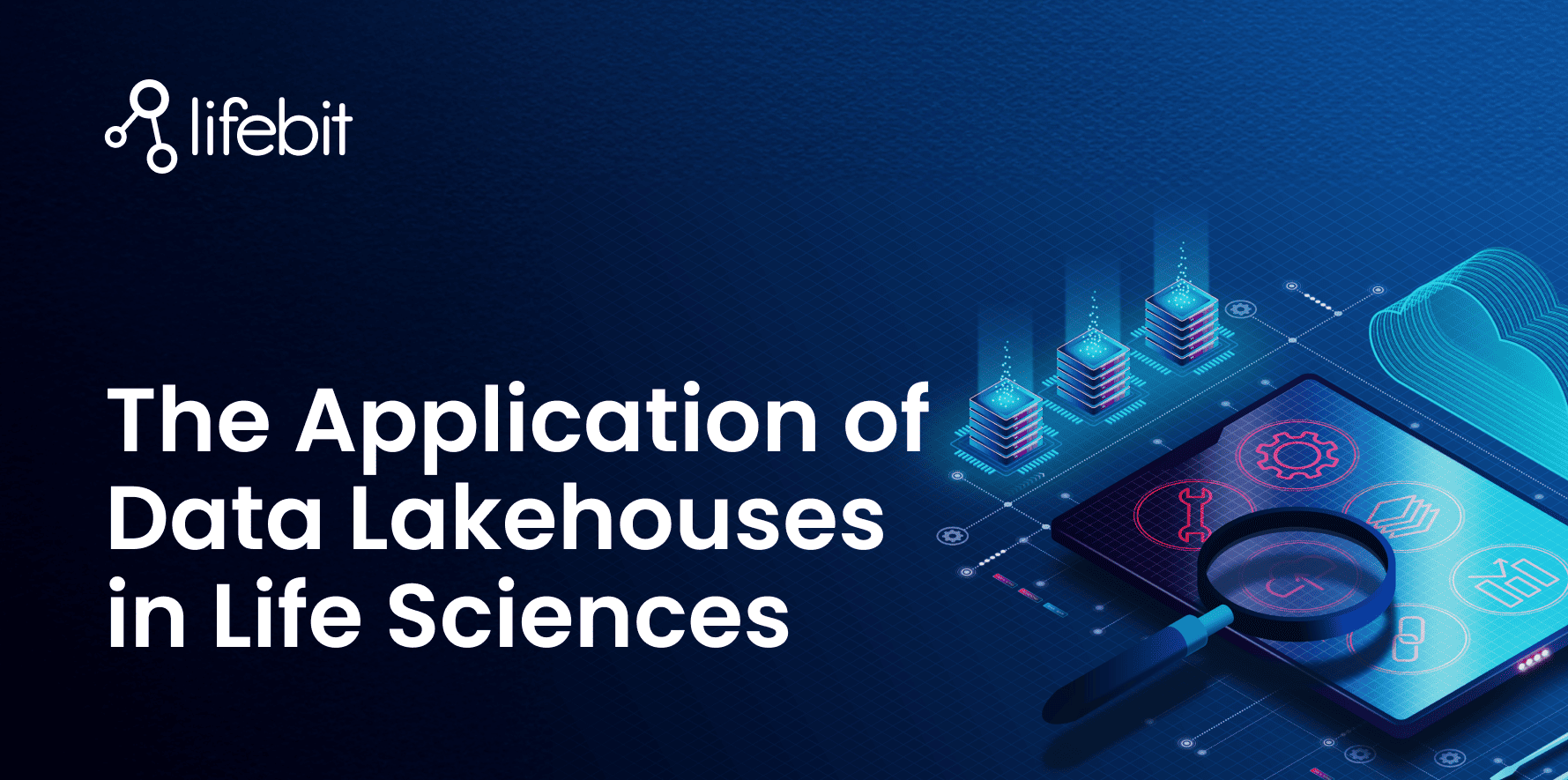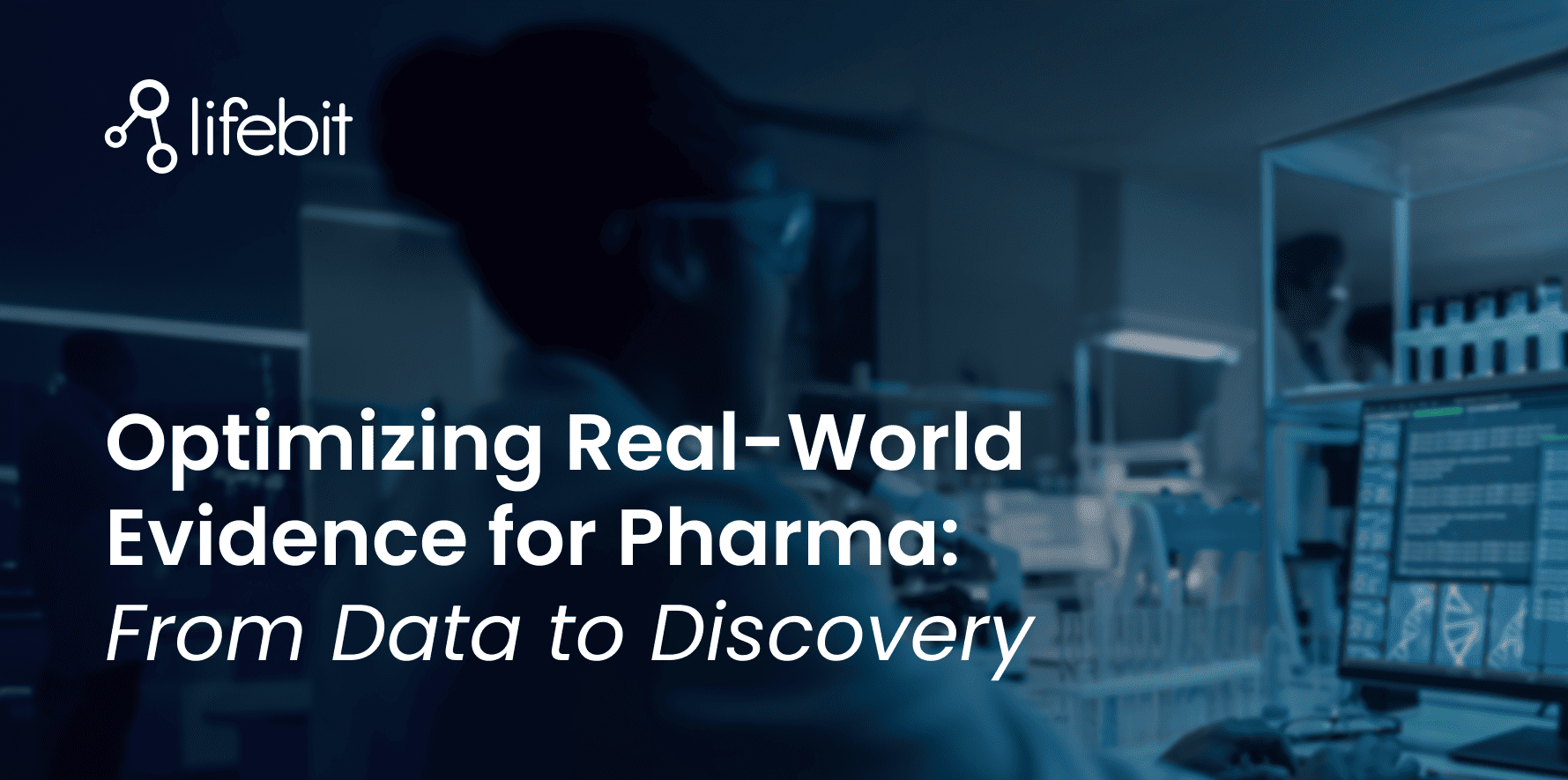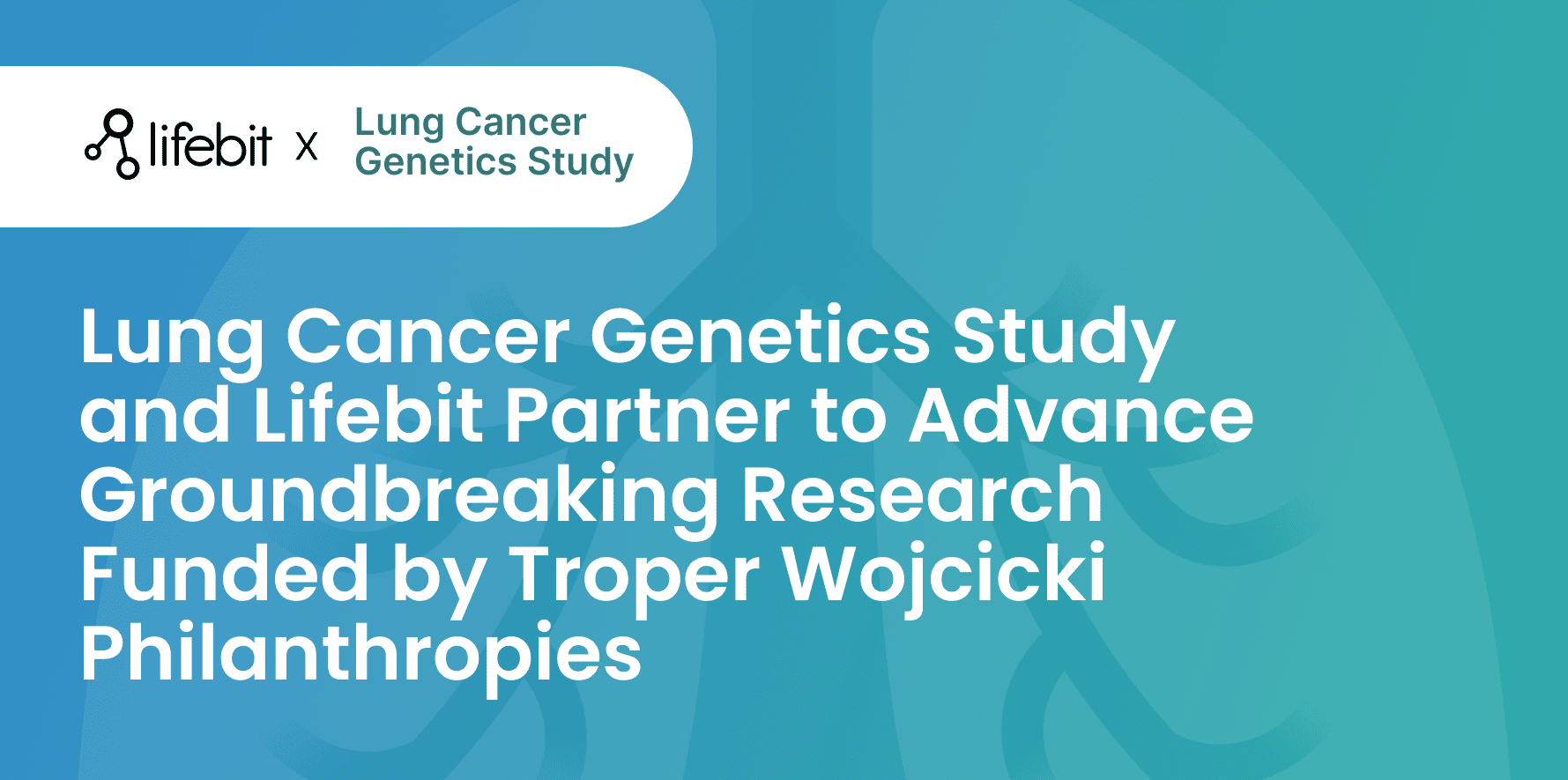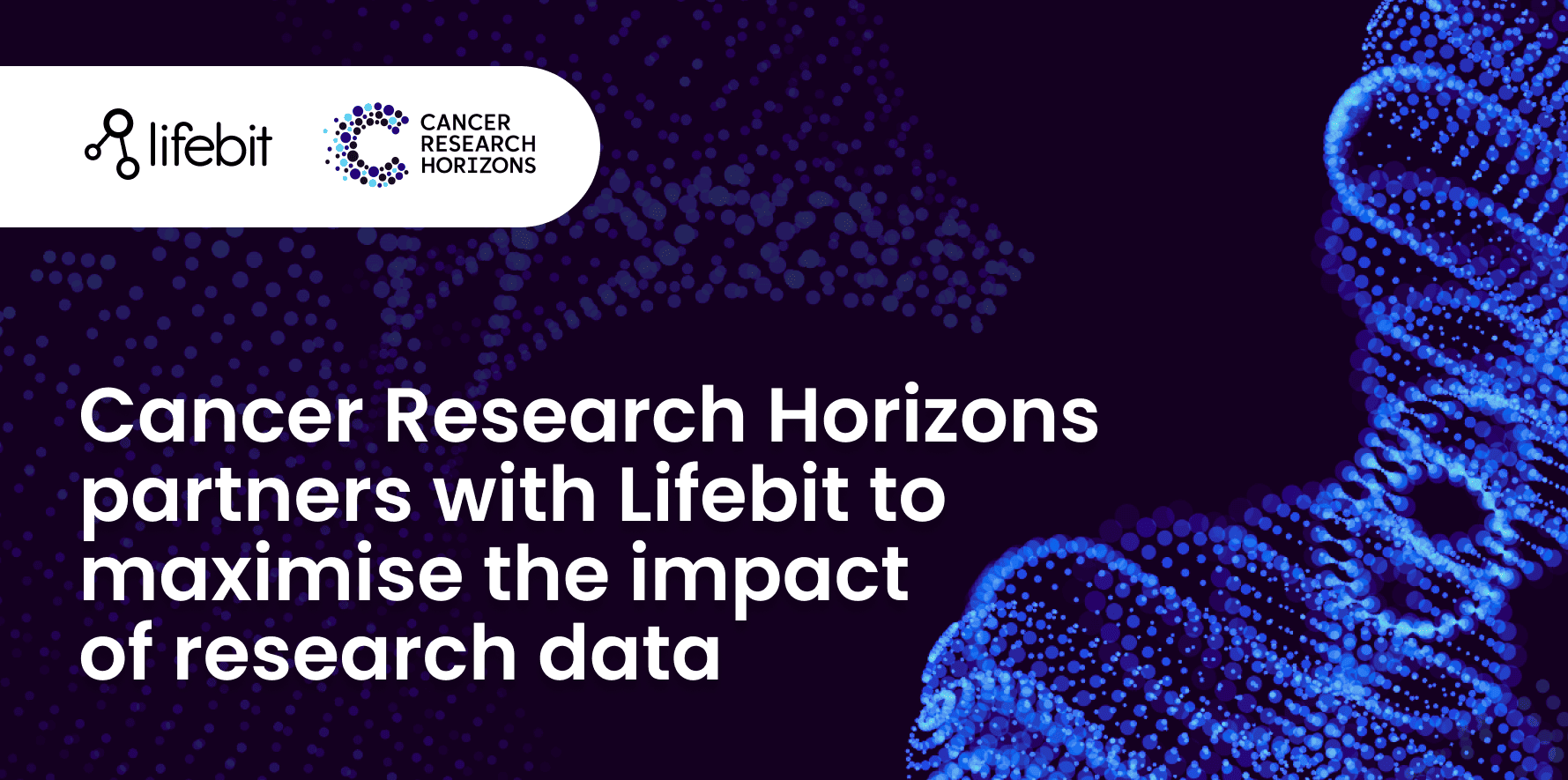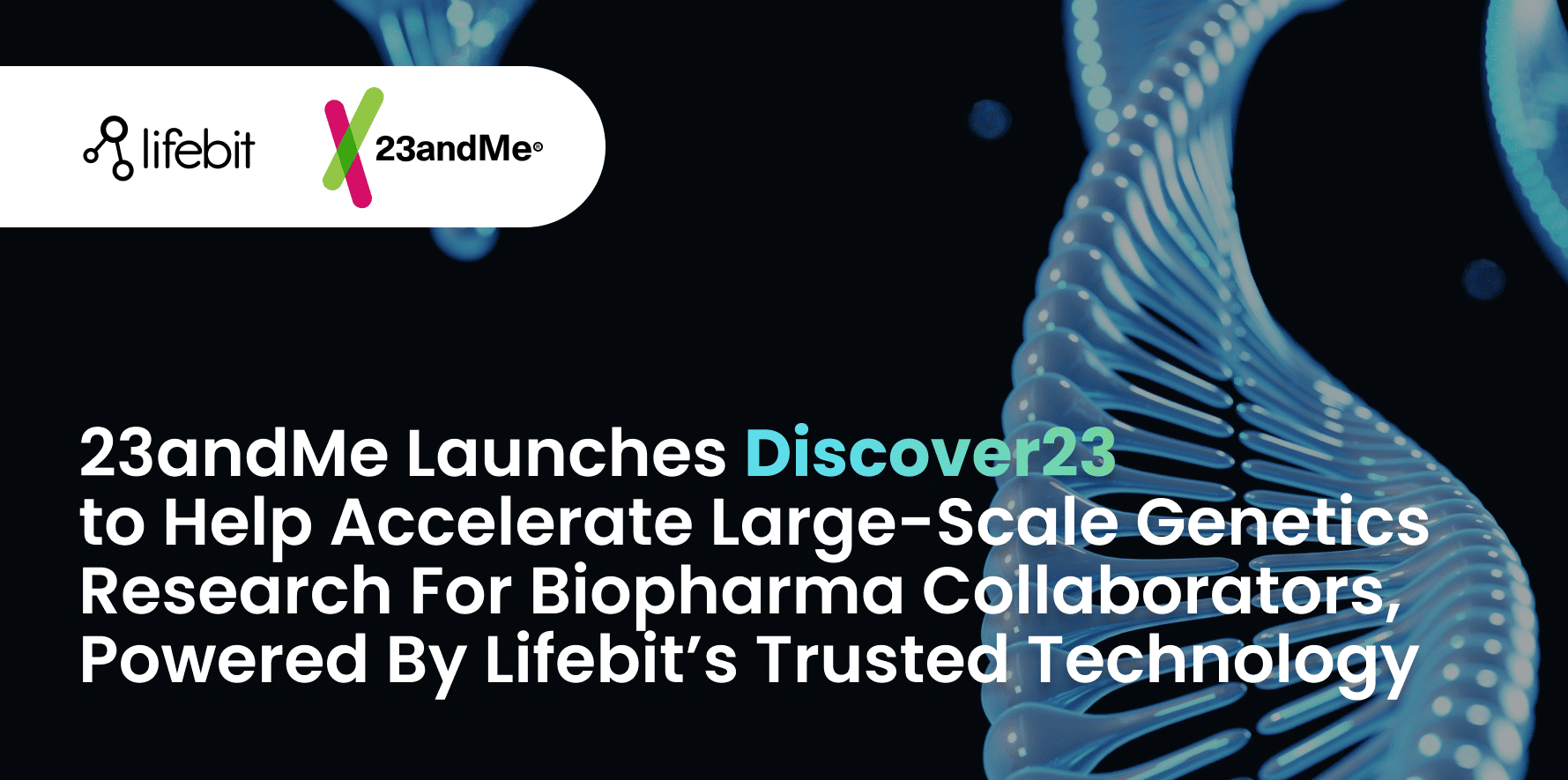Introduction
The ability to access, harmonize, and analyze data across distributed environments is essential for driving innovation in life sciences and healthcare. However, traditional centralized data platforms are often unable to support efficient data integration and standardization across diverse and heterogeneous datasets while maintaining the security required for sensitive data.
The solution? The federated data lakehouse: a groundbreaking solution designed to empower organizations with secure and scalable data access while maintaining compliance with strict regulations.
This blog explores the ten key benefits of adopting a federated data lakehouse and why it’s becoming the architecture of choice for pharmaceutical companies, research institutions, and other organizations dealing with sensitive biomedical data.
What is a Federated Data Lakehouse?
A federated data lakehouse is a modern data architecture that combines the flexibility and scalability of a data lake with the high-performance analytics of a data warehouse, all while enabling secure access to distributed data sources. Unlike traditional platforms that rely on centralizing data in a single repository, a federated data lakehouse allows research teams to query and analyze data where it resides, ensuring both efficiency and compliance.
-1.png?width=710&height=403&name=lakehouse%20img%20(1)-1.png)

Suggested reading - What is a Data Lakehouse?
The Ten Benefits of a Federated Data Lakehouse
1. Seamless access to distributed data
A federated data lakehouse enables organizations to fetch and access data across multiple environments without the need for time-consuming, costly and higher risk data centralization. This is especially critical in life sciences, where data resides in diverse locations such as biobanks, clinical research organizations, and partner institutions and needs to be accessed by research teams across different locations.
2. Accelerated time-to-insights
Federated data lakehouses allow organizations to query and analyze data in real-time, speeding up critical processes such as target identification and validation, clinical trial optimization, and precision medicine research.
3. Improved collaboration across teams and organizations
Federation allows researchers and teams across institutions to securely fetch, standardize and manage shared datasets without transferring or duplicating the data. This fosters collaboration across boundaries and speeds up time to insights, supporting vital research.
4. Enhanced data security and privacy
Maintaining data privacy is a top priority in biomedical and health research. A federated approach to data management allows sensitive biomedical data to remain securely stored at its source, without the data needing to move, reducing the risk of data breaches and ensuring compliance with international regulations such as GDPR and HIPAA. Centralized access to data by approved users, which can be efficiently controlled, monitored and audited, enables additional safeguards.
5. Interoperability across platforms
Federated data lakehouses employ open standards and formats, enabling greater compatibility with existing data platforms and tools. This interoperability reduces vendor lock-in and enables seamless integration with other systems.
6. Reduced operational costs
By eliminating the need for centralizing large datasets, federated data lakehouses reduce storage and transfer costs. Additionally, organizations can avoid redundant infrastructure investments, achieving significant cost savings over time.
7. Support for AI and machine learning applications
With the ability to handle structured, semi-structured, and unstructured data, federated data lakehouses are ideal for training advanced AI and machine learning models. These models are essential for tasks like target identification, patient stratification, and predictive analytics.
8. Scalability for growing data volumes
As life sciences organizations generate increasingly large datasets, a federated data lakehouse provides the scalability needed to manage these volumes effectively without compromising performance or security.
9. Centralized governance for decentralized data
Federated data lakehouses include robust governance tools, ensuring that data access is tightly controlled and auditable. This centralized governance model simplifies compliance while maintaining the flexibility of decentralized data.
10. Future-proof data architecture
With the hybrid benefits of data lakes and data warehouses, federated data lakehouses offer a future-proof solution. They adapt to evolving industry needs, supporting advancements in data analytics, AI, and regulatory compliance.
Lifebit’s Trusted Data Lakehouse: A Federated Solution Built for Biomedical Data
Lifebit’s Trusted Data Lakehouse™ is a federated solution designed specifically for the unique challenges with biomedical datasets. Unlike traditional data systems, Lifebit’s platform focuses on federation, enabling users to fetch and harmonize distributed data securely and efficiently.
.png?width=1310&height=586&name=Lifebit%20Federated%20Data%20Lakehouse%20Diagram%202%20(1).png)
Conclusion
A federated data lakehouse is more than just a technological upgrade—it’s a strategic investment for research and life sciences organizations. By enabling secure, scalable, and efficient access to distributed datasets, this architecture empowers organizations to unlock the full potential of their data.
To see the Lifebit Trusted Data Lakehouse in action, contact our team for a personalized demo or watch our on-demand webinar to learn more about the benefits of federated solutions in life sciences.
About Lifebit
Lifebit is a global leader in precision medicine data and software, empowering organizations across the world to securely and safely leverage sensitive biomedical data. Lifebit’s mission is to create a world where access to biomedical data will never again be an obstacle to curing diseases.



.png)


-2.png?width=1366&height=695&name=Thumbnail%20(1)-2.png)



